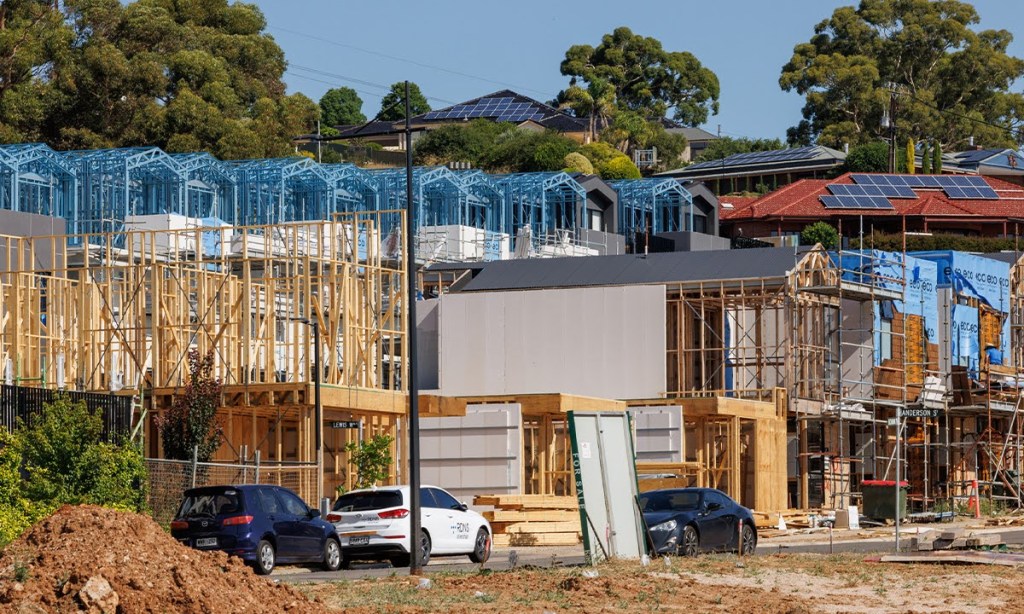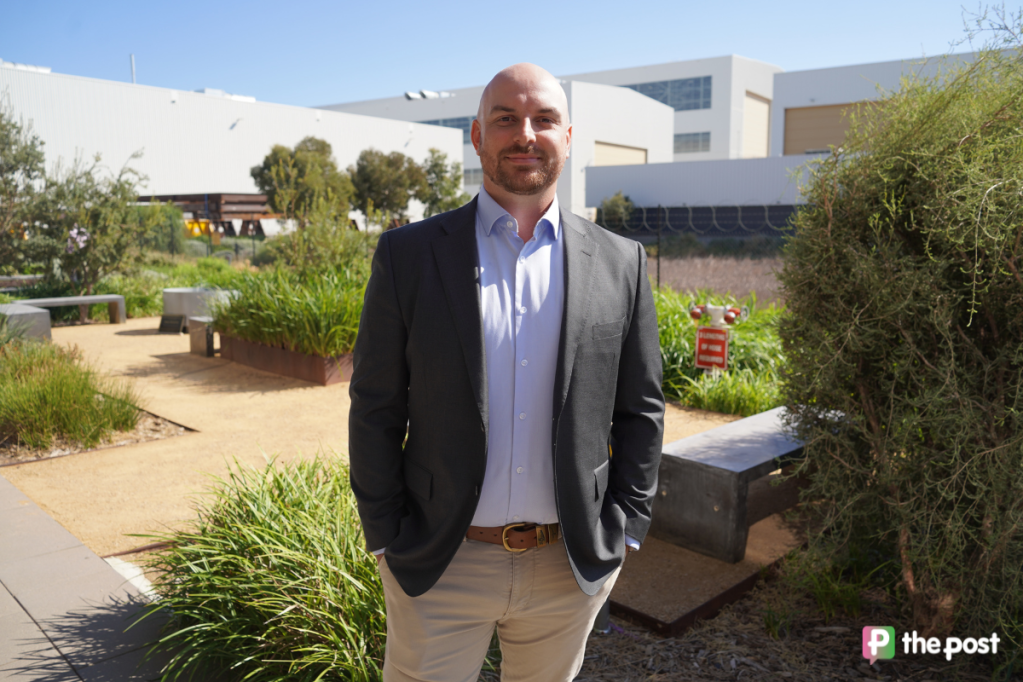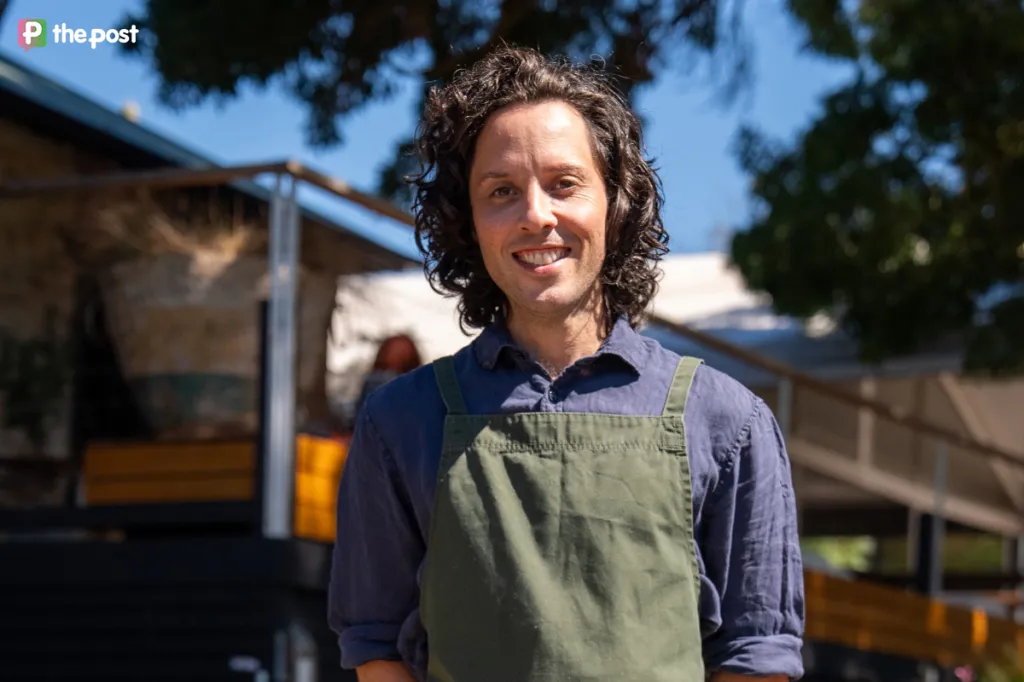SA must maintain its housing ‘affordability dividend’ to prosper
Developing the tools to predict and shape housing trends would allow South Australia to get the greenfield/infill ratio right, according to a group of academic experts.

The proposed changes to the Greater Adelaide Regional Plan will open some areas, currently designated as Environment and Food Production Areas, for housing development. The proposed re-zoning will happen slowly, over the next couple of decades, but it will potentially deliver an additional 61,000 parcels of land for new housing at Roseworthy, Two Wells, Murray Bridge, Victor Harbor and Goolwa.
As the Federal Budget and opposition’s response showed, it’s clear that the housing policy toolbox is becoming empty. On both sides of the political debate there are proposals to stimulate housing demand, using either a form of government mortgage guarantee or allowing people to withdraw superannuation savings for a home loan deposit.
Most housing economists argue that, without an increase in housing supply, such measures are inflationary. That is why the Premier’s supply proposals are so important and necessary.
For decades, South Australia and its capital city have trailed behind other mainland states and metropolitan cities, with fewer migrants, the demise of the manufacturing sector, historically lower incomes, an older age profile and higher rates of welfare dependency. But we are now in a new era: one that emerged during the COVID-19 pandemic, revived immigration and highlighted our affordability compared to the eastern seaboard.
While Adelaide house prices have increased over the past five years, its home ownership market remains more affordable than in many other parts of the country.
You might like
South Australia is enjoying a period of success on several fronts, but its continuation depends on delivering an “affordability dividend” with respect to housing while ensuring both quality of life and level of amenity remain high.
Greenfield development is important, but it’s only one part of the picture.
Smaller households, shifting lifestyle preferences and change in the world of work have resulted in a more complex housing market than ever before, increasing demand in a variety of ways. These are the forces that drive the infill/greenfield ratio, more than policy positions.
Other forms of supply are important.
Stay informed, daily
Supply in urban infill locations has been around half of all new housing supply in recent years. Greenfield release of more than 60,000 units is welcome, but past evidence shows that to achieve an increase in housing supply, the land release target needs to be much higher. This absorbs factors such as slow take-up, supply chain problems and infrastructure delays.
We have also been slow to react to changing tastes and preferences.
Total housing supply is dominated by established stock – not new-build supply. The pace of processes such as downsizing and densification of urban neighbourhoods have so far been slower than changing housing demand in the marketplace.
So, what else could the Premier do?
We must get better at predicting shifts in housing markets so we can better match housing demand and supply.
We might even be able to not just predict shifting demand but actually shape it, by being the state that tests new housing forms and designs. We also need appropriate ways of triggering policy responses, including the release of land or development of infill sites and ensuring timely servicing with physical and social infrastructure.
New technology may offer solutions, including Artificial Intelligence and new forms of data that can provide real-time insights into the shifting housing preferences and decisions of Australians. There is also the potential to deliver better and more timely development approvals and to connect nimble planning and housing policy solutions to the insights available from predictive housing market forecasting models. These can be real competitive advantages for the state.
In the end, it’s up to all South Australians to contribute to the city and regions we want.
We could conceivably be on the edge of a boom period (in part through expansive defence expenditure fuelled by global instability). Making the right decisions based on the right analysis and timing would be a powerful way to drive the Premier’s vision.
By Professor Andrew Beer, Executive Dean, UniSA Business, Professor Emma Baker, Director, Australian Centre for Housing Research, University of Adelaide, Professor Michael Lennon, Chair in Regional Housing and Planning UniSA Business and Chris Leishman, Professor of Property and Housing Economics, UniSA Business.








